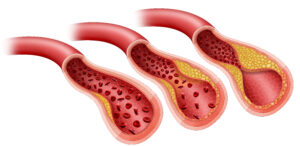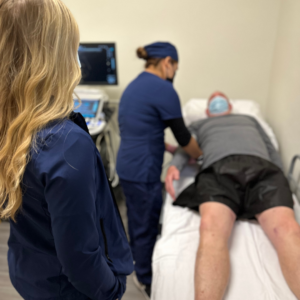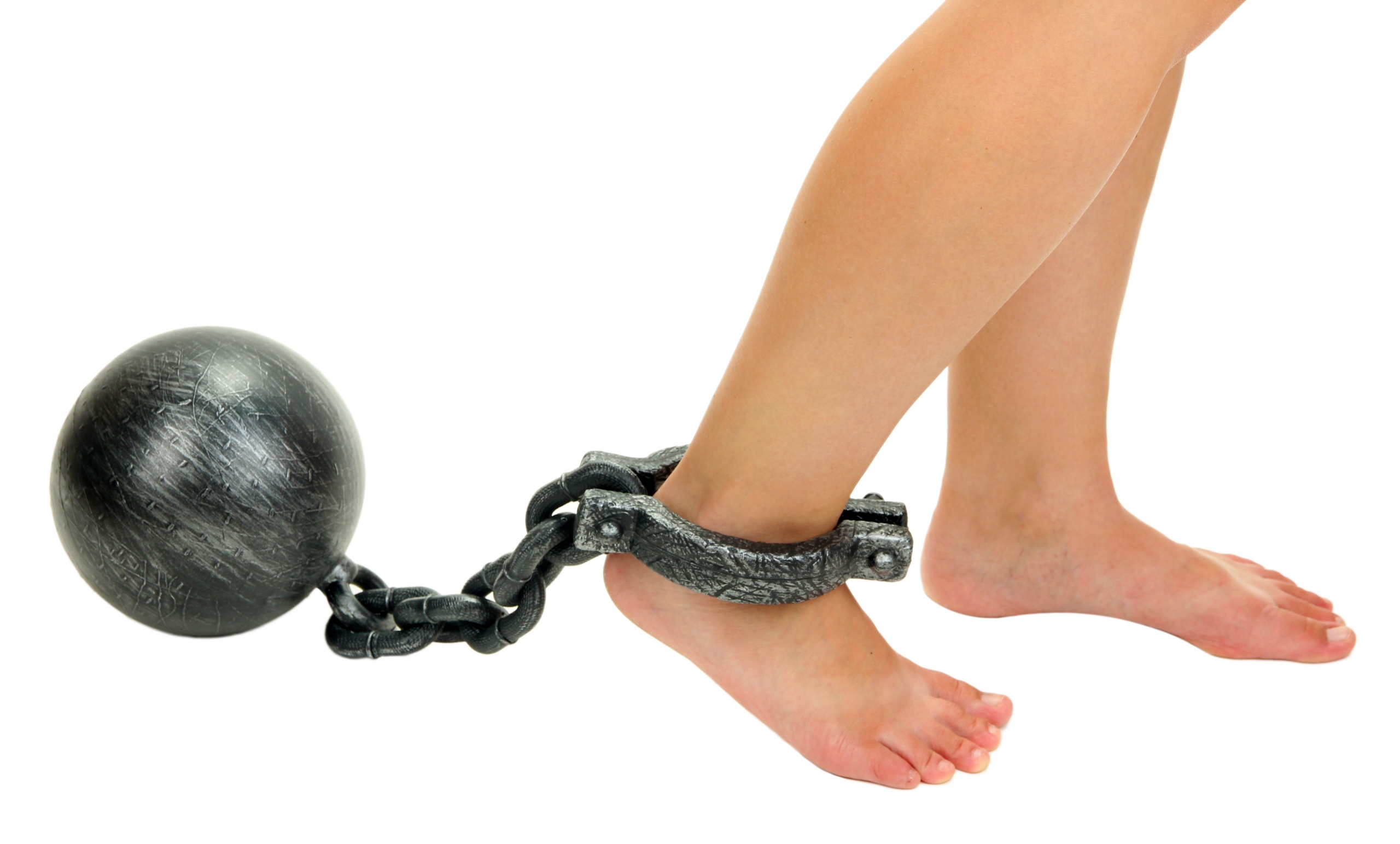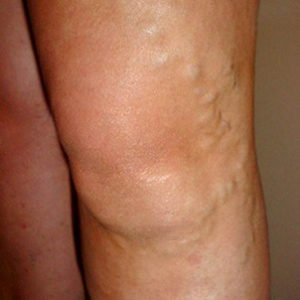Easing leg pain: your comprehensive guide to understanding and relief
LJVascular2023-08-30T17:35:33-07:00Easing leg pain: your comprehensive guide to understanding and relief
Leg pain can arise from a variety of sources, and it’s essential to determine the underlying cause to find the right treatment. In this article, we’ll explore the various factors that can contribute to leg pain, from vascular issues like poor circulation, varicose veins, and blood clots to non-vascular causes such as injuries, arthritis, and low back pain. Learn more about the different types of leg pain and how seeking professional evaluation can lead to effective relief.
Identifying the Causes of Leg Pain
- Vascular Causes:
- Blood Clots: Blood clots, whether deep vein thrombosis (DVT) or superficial vein thrombosis, can result in leg pain. DVT can lead to sudden swelling, pain, redness, and warmth in one leg. Superficial vein thrombosis often affects varicose veins, causing pain, hardness, and a rope-like sensation under the skin.
- Venous Reflux Disease: This condition is characterized by leg pain, heaviness, and fatigue that worsens with standing and throughout the day. Hormonal influences can exacerbate symptoms in women. Nighttime leg cramping and restlessness are common signs. Visible signs may include varicose veins, ankle swelling, and skin changes like darkening or ulceration.
- Non-Vascular Causes:
- Injuries: Joint, bone, muscle, or ligament injuries can lead to localized leg pain.
- Arthritis: Arthritic conditions can cause persistent leg pain.
- Low Back Pain: Pain originating from the lower back can radiate down to the legs.
Understanding Peripheral Arterial Disease (PAD)

Peripheral arterial disease refers to poor arterial circulation in the legs. This condition causes leg pain, often during walking, and is characterized by cramping, especially in the calf muscles. Resting typically alleviates the discomfort. Additional signs of PAD include pale toes and absent pulses in the feet.
Diagnosing and Treating Leg Pain
Diagnosing the source of pain involves a comprehensive approach:
- Medical History: Healthcare providers gather information about your medical background, symptoms, and any risk factors.
- Physical Examination: A thorough exam can reveal signs of vascular or non-vascular issues.
- Non-Invasive Ultrasound Imaging: This imaging technique helps visualize blood flow and identify potential vascular problems.
- ABI Test: An Ankle-Brachial Index (ABI) test can screen for peripheral arterial disease.

Treatment Options and Relief
The good news is that all these conditions are treatable, often through improving blood flow. Once diagnosed, appropriate treatment plans can be established. Potential treatments include lifestyle changes, medications, minimally invasive procedures, and more. Seeking professional advice is crucial for tailoring the right treatment approach for your specific condition.
Seek Relief
If you’re experiencing leg pain, don’t hesitate to reach out for professional evaluation. Understanding the root cause of your discomfort is the first step toward finding effective relief. Whether your pain is vascular or nonvascular in origin, remember that there are treatment options available. By consulting healthcare providers who specialize in these conditions, you can regain your comfort and mobility. Give us a call at 858-550-0330 to set up a diagnostic imaging session and consultation with our dedicated healthcare providers. Your journey towards pain-free legs starts with a simple call.
“Bringing Experts Together for Unparalleled Vein and Vascular Care”
La Jolla Vein & Vascular (formerly La Jolla Vein Care) is committed to bringing experts together for unparalleled vein and vascular care.
Nisha Bunke, MD, Sarah Lucas, MD, and Amanda Steinberger, MD are specialists who combine their experience and expertise to offer world-class vascular care.
Our accredited center is also a nationally known teaching site and center of excellence.
For more information on treatments and to book a consultation, please give our office a call at 858-550-0330.
For a deeper dive into vein and vascular care, please check out our Youtube Channel at this link, and our website https://ljvascular.com
For more information on varicose veins and eliminating underlying venous insufficiency,
Please follow our social media Instagram Profile and Tik Tok Profile for more fun videos and educational information.
For more blogs and educational content, please check out our clinic’s blog posts!





